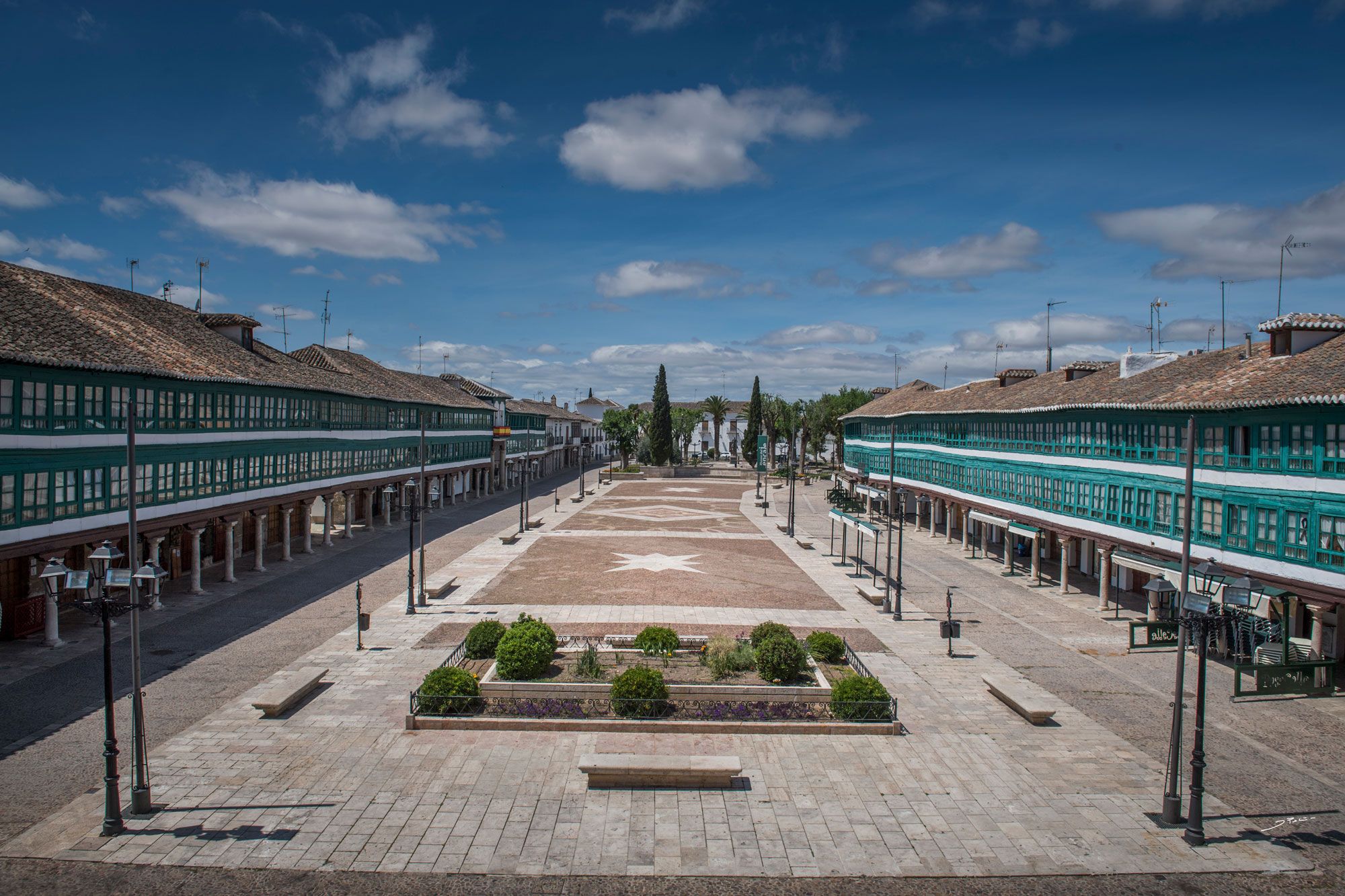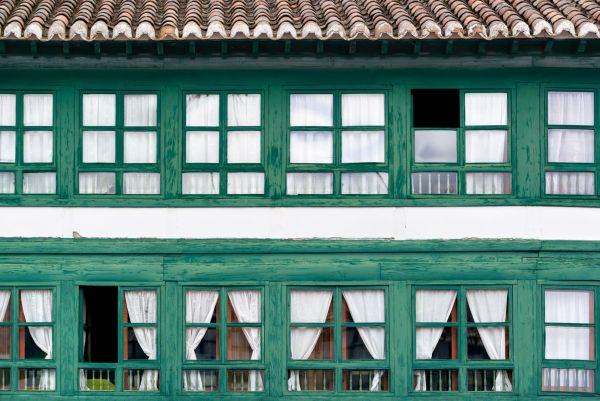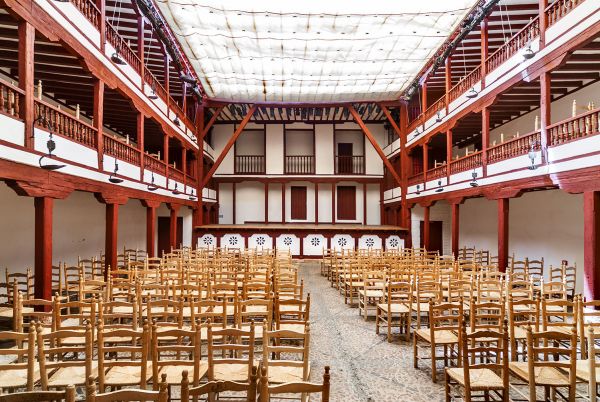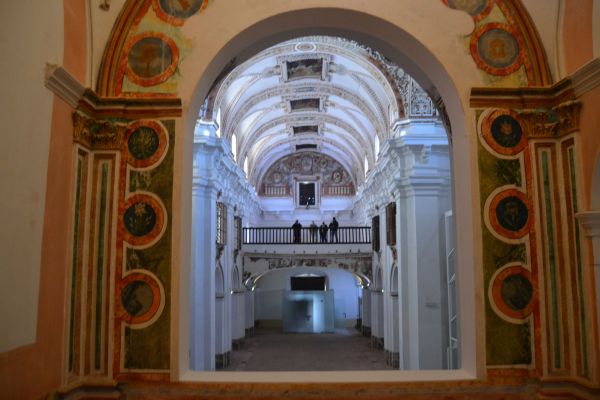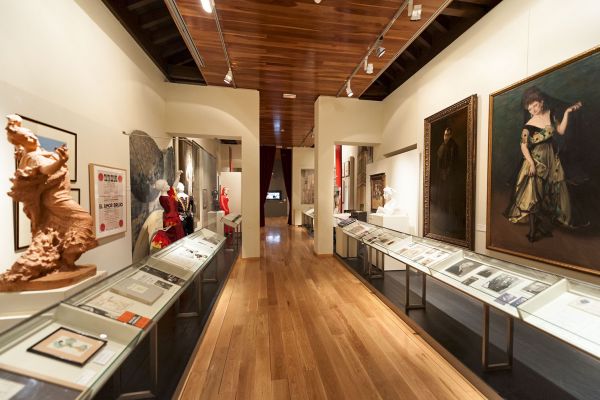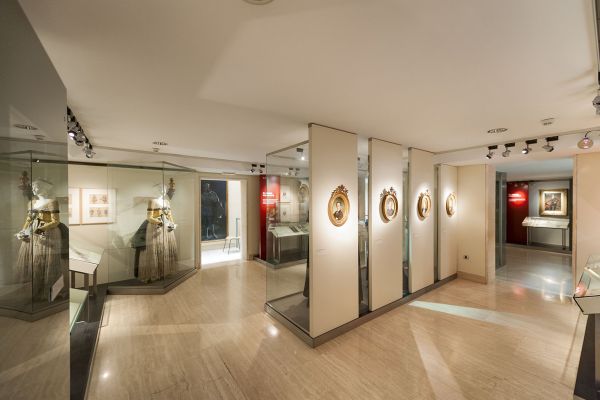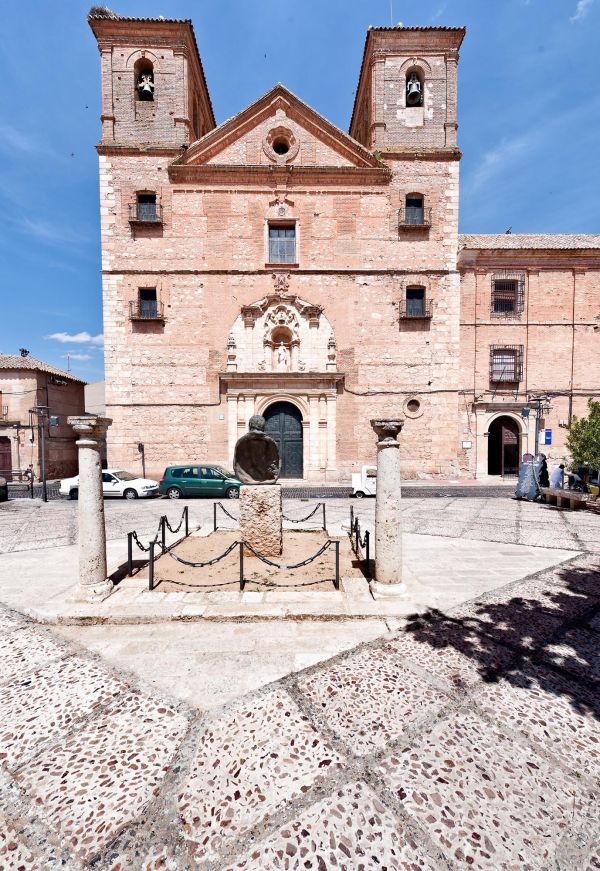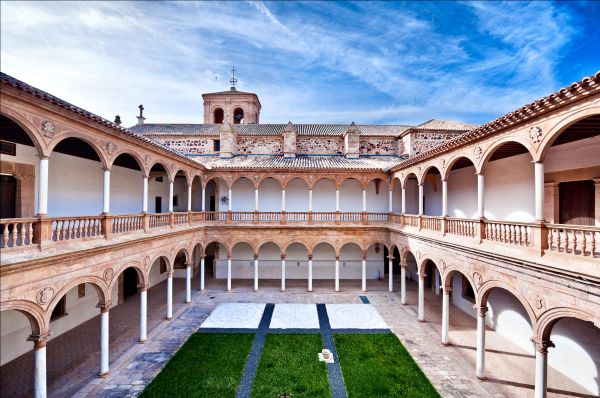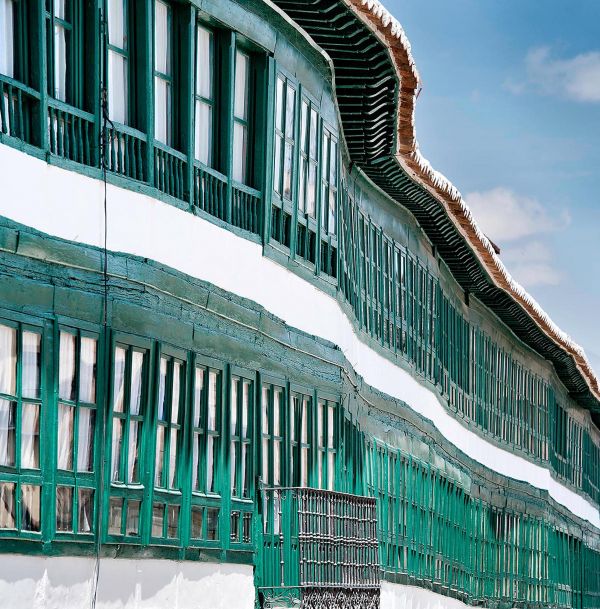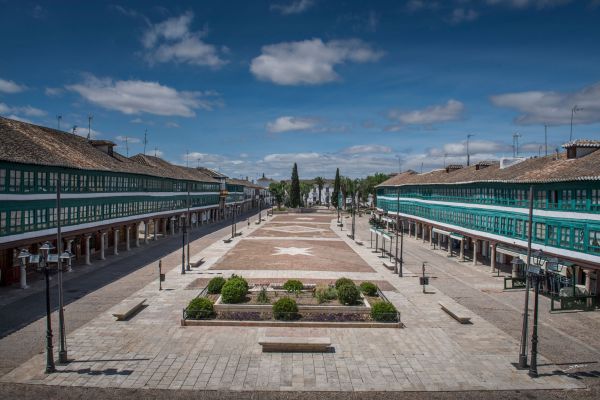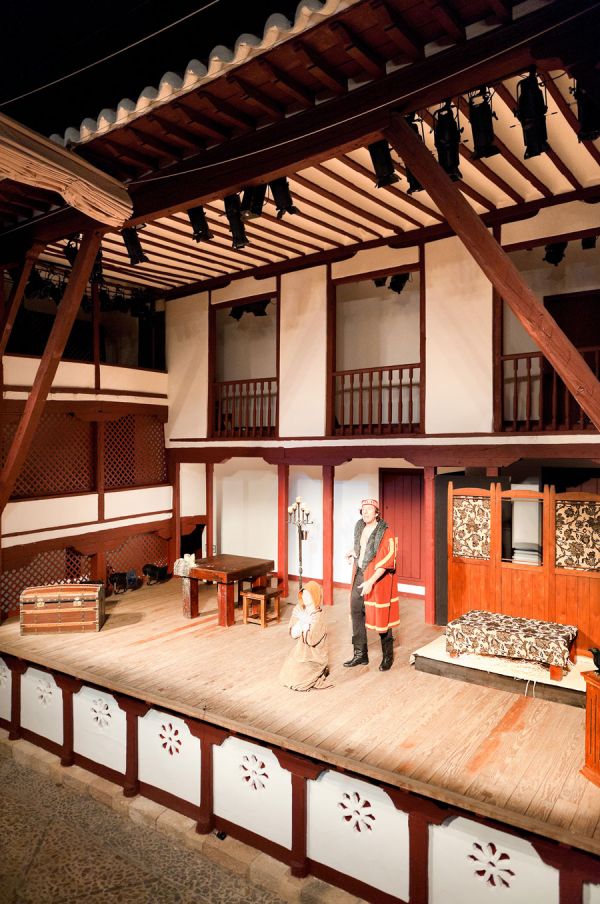Almagro
Ciudad Real
Almagro is home to a major historical and artistic complex, and deserves its status as an Historic-Artistic Grouping. It’s the perfect city for walking and resting. The ideal spot for a relaxing weekend.
Walking along its streets, particularly the unchanged noble neighbourhood, and seeing its impressive churches and convents, immerses visitors in a past that was splendid and significant for a very long time.
The famous main square, the town’s epicentre, has undergone several renovations over the centuries and its current condition is due to the changes made at the end of the 19th and the beginning of the 20th century. Interestingly, it started to become a Castilian square, very similar to what is now the Corral de Comedias. All events were held here, and this is the specific reason for its first renovation: the charging, by some of the tenants and owners of the premises located in the square, of rent from people who wanted to see these shows from their galleries.
The uniformity of the complex is because the Town Hall was responsible for painting the outside, although the use of homes is private.
The Corral de Comedias (Theatrical Courtyard) was built in 1628 and is known worldwide for being the only such place to remain active and to be exactly how it was nearly 400 years ago. Originally, the Corral de Comedia covered a surface area of 622 square meters, about double its current area. It is a patio surrounded by 54 feet of red ochre-coloured wooden passages (the town of Almagro owes its name to this reddish clay colour). It has two storeys of chambers and hooks to hold the awning that protected spectators from the sun, and for the candles or oil lamps. In the patio, there is a well next to the entrance where hosts must have served refreshments to spectators.
Additionally, visitors shouldn’t miss the National Theatre Museum, the “Fúcares” storage room, the Lace Museum, and Saint Augustine Church, the Church of the Mother of God and the Convent of the Incarnation.
The town also has a wide range of hotels and traditional restaurants bursting with personality: the Almagro aubergine –one of Spain’s most famous recipes–, the ‘duelos y quebrantos’ (scrambled egg, chorizo and bacon), lamb stew, ‘tiznao’ (cod with vegetables), ratatouille, gruel and fried breadcrumbs.
The traditional local crafts include bobbin lace.
In July, the city hosts the International Festival of Classical Theatre, perhaps the most important in the world in this field. For 20 days, over 60,000 visitors attend this unique backdrop, featuring courtyards, theatres, palaces, squares and streets to watch the shows and take part in the vast array of extra activities scheduled. The latest productions and plays are premièred and showcased from each season of classical theatre, always revolving around the Golden Age - both Spanish and international - of classical theatre.
May also be of interest to you
Castilla-La Mancha Tourism in 2023. All rights reserved.

 365
365
